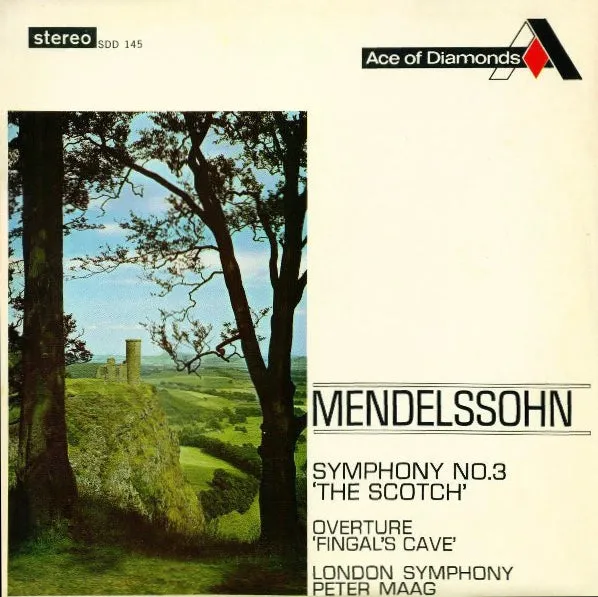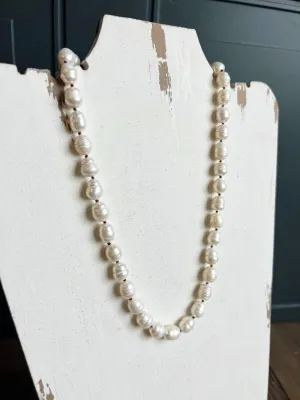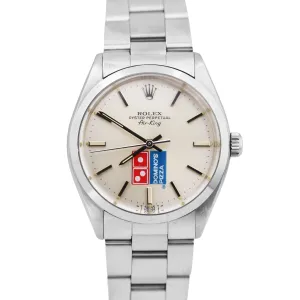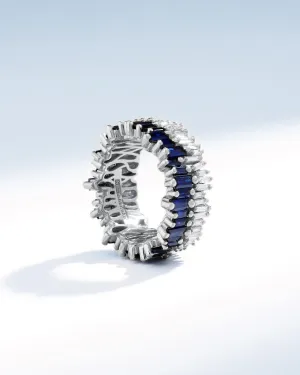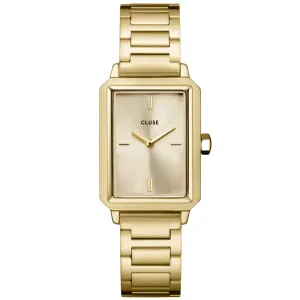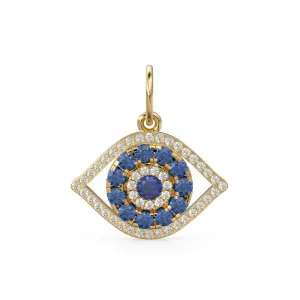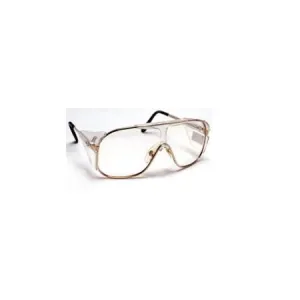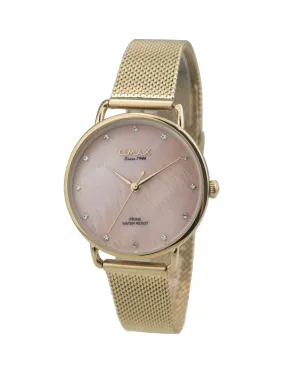*NOTE: There is a mark that plays 4 times very lightly at the start of the first piece on side 1, "Fingal's Cave" Overture (The Hebrides) Op.26
Vintage covers for this album are hard to find in exceptionally clean shape. Most of the will have at least some amount of ringwear, seam wear and edge wear. We guarantee that the cover we supply with this Hot Stamper is at least VG
Audiophiles have known of this record's sublime sonic qualities for decades. As our stereos get better, so do amazingly powerful recordings such as this one.
Both sides of this record have that classic rich, sweet sound. It's not for everybody, it's probably not the sound one would hear in a concert hall, but we love it and so do many audiophiles.
The performance here by and London Symphony Orchestra is legendary and definitive. The sound is perfectly suited for this music, with massed strings to die for. This is classic Tubey Magical Decca orchestral sound.
If you want immediacy, buy a Mercury. If you want luscious, rich string tone, this vintage Ace of Diamonds reissue should be right up your alley. This is a sweetheart of a record, full of the Tubey Magic for which Decca recordings are justly famous.
If you love hearing INTO a recording, actually being able to "see" the performers, and feeling as if you are sitting in the studio with the band, this is the record for you. It's what vintage all analog recordings are known for -- this sound.
If you exclusively play modern repressings of vintage recordings, I can say without fear of contradiction that you have never heard this kind of sound on vinyl. Old records have it -- not often, and certainly not always -- but maybe one out of a hundred new records do, and those are some pretty long odds.
What The Best Sides Of Decca's Classical Recordings Have To Offer Is Not Hard To Hear
- The biggest, most immediate staging in the largest acoustic space
- The most Tubey Magic, without which you have almost nothing. CDs give you clean and clear. Only the best vintage vinyl pressings offer the kind of Tubey Magic that was on the tapes in
- Tight, note-like, rich, full-bodied bass, with the correct amount of weight down low
- Natural tonality in the midrange -- with all the instruments having the correct timbre
- Transparency and resolution, critical to hearing into the three-dimensional studio space
String Tone
It's practically impossible to hear that kind of string sound on any recording made in the last thirty years (and this of course includes everything pressed on Heavy Vinyl). It may be a lost art but as long as we have these wonderful vintage pressings to play, it's an art that is not lost on us.
It's also as wide, deep and three-dimensional as any, which is, of course, all to the good, but what makes the sound of these recordings so special is the timbral accuracy of the instruments in every section.
I don't think the Decca engineers could have cut this record much better -- it has all the orchestral magic one could ask for, as well as the resolving power, clarity and presence that are missing from so many Golden Age records.
This is the kind of record that will make you want to take all your heavy vinyl classical pressings and put them on ebay. They cannot begin to sound the way this record sounds. (Before you put them up for sale, please play them against this pressing so that you can be confident in your decision to rid yourself of their insufferable mediocrity.)
What We're Listening For On Symphonic Recordings
- Energy for starters. What could be more important than the life of the music?
- The Big Sound comes next -- wall to wall, lots of depth, huge space, three-dimensionality, all that sort of thing.
- Then transient information -- fast, clear, sharp attacks, not the smear and thickness so common to these LPs.
- Powerful bass -- which ties in with good transient information, also the issue of frequency extension further down.
- Next: transparency -- the quality that allows you to hear deep into the soundfield, showing you the space and air around all the instruments.
- Extend the top and bottom and voila, you have The Real Thing -- an honest to goodness Hot Stamper.
VTA and Correct String Tone
When your VTA, azimuth, tracking weight and anti-skate are correct, this is the record that will make it clear to you that your efforts have paid off.
What to listen for you ask? With the proper adjustment the harmonics of the strings will sound extended and correct. And you can't really know how right it can sound until you go through hours of experimentation with all the forces that affect the way the needle rides the groove. Without precise VTA adjustment there is almost no way this record will do everything it's capable of doing. There will be hardness, smear, sourness, thinness -- something will be off somewhere. With total control over your arm and cartridge setup, these problems will all but vanish. (Depending on the quality of the equipment of course.)
We harp on all aspects of record reproduction for a reason. When you have done the work, pressings such as this one are simply glorious.
Vinyl Condition
Mint Minus Minus is about as quiet as any vintage pressing will play, and since only the right vintage pressings have any hope of sounding good on this album, that will most often be the playing condition of the copies we sell. (The copies that are even a bit noisier get listed on the site are seriously reduced prices or traded back in to the local record stores we shop at.)
Those of you looking for quiet vinyl will have to settle for the sound of other pressings and Heavy Vinyl reissues, purchased elsewhere of course as we have no interest in selling records that don't have the vintage analog magic of these wonderful recordings.
If you want to make the trade-off between bad sound and quiet surfaces with whatever Heavy Vinyl pressing might be available, well, that's certainly your prerogative, but we can't imagine losing what's good about this music -- the size, the energy, the presence, the clarity, the weight -- just to hear it with less background noise.

